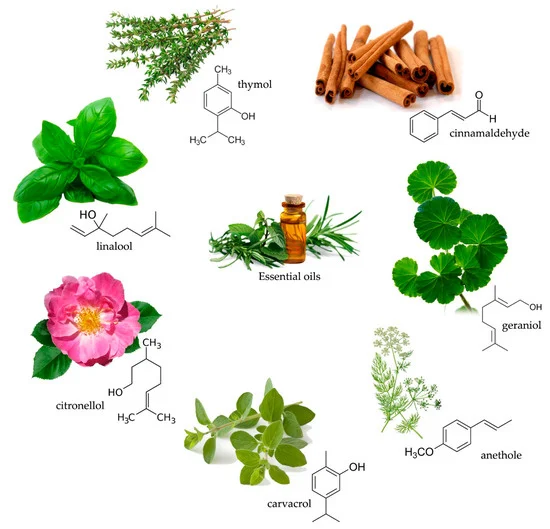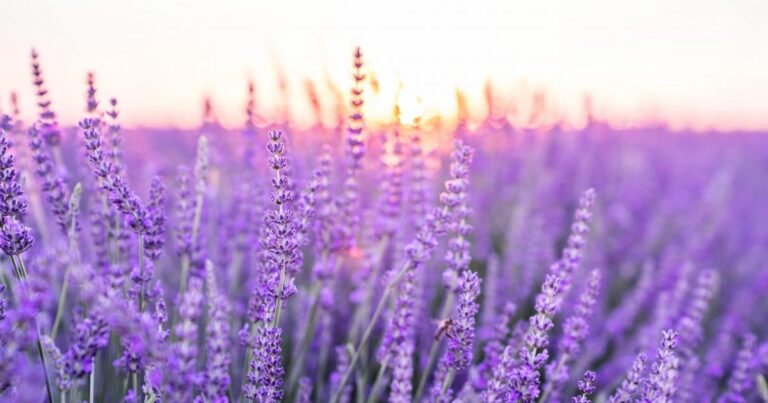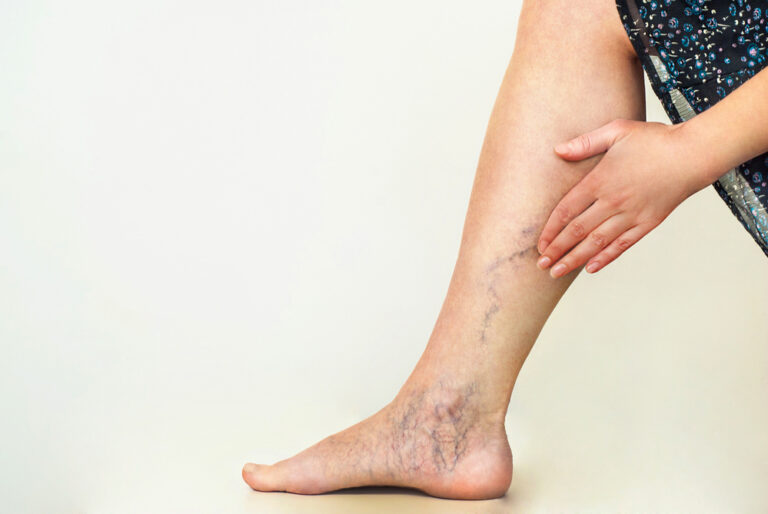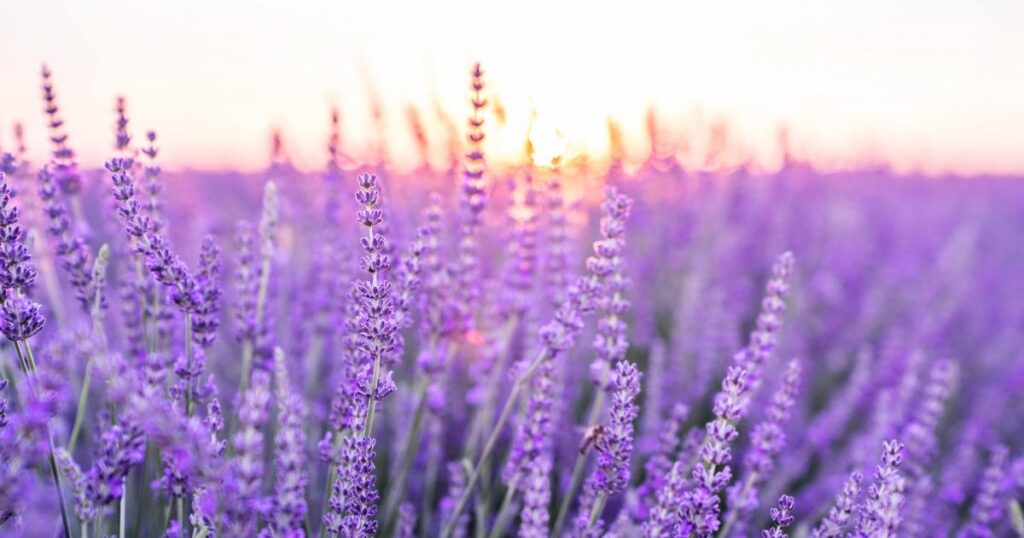
Is there anyone who doesn’t know what lavender is? I honestly don’t think so. At some point, I got the impression that this plant, which somehow became a trend in aromatherapy and decoration, was being talked about too much. Due to the fact that lavender was more of a commercial interest, I did not pay attention to this plant for a long time.
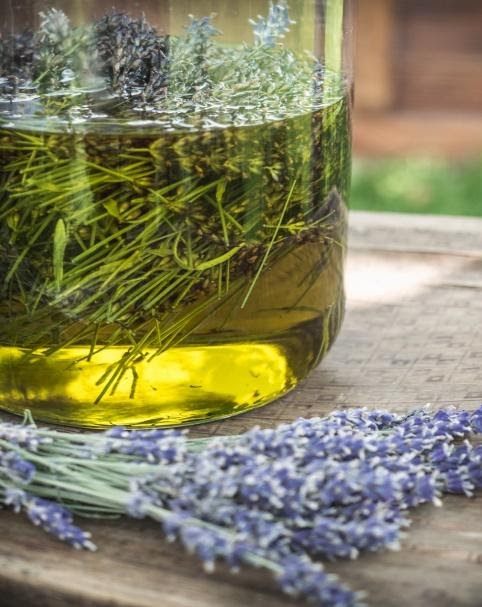
This year, the pandemic changed my schedule, so I had more free time that I decided to use to my advantage. One day I came up to the topic of lavender and decided to find out more about its properties. As a result, I was pleasantly surprised by what I have learned.
Now, that is exactly the period of endless fields of purple and fragrant lavender, I would like to tell you something that you may not have known about lavender oil.
First, let’s figure out how you can make lavender oil at home.
According to those who grow lavender professionally, the buds should be picked at the beginning of its flowering period. Let them dry naturally in a cool, darkroom.
To make lavender oil you will need:
- dried lavender flowers
- olive or sunflower oil
- 1 small glass jar
Preparation: Place lavender flowers in a glass jar along with olive oil and macerate in the sun for 3 days.After 3 days, stir the contents and transfer to another bottle through a fine sieve or coffee filter.Lavender oil is ready!
How to use lavender oil?
The range of uses for lavender oil is varied. So, it is often used for skin problems to calm the nerves and even for certain diseases. However, it is important to keep in mind that this is not a medicine. Lavender oil cannot replace a medication prescribed by a doctor, and if possible, it is best to consult a specialist before using it.
Lavender oil is also used to prepare ointment for headaches. Of course, it all depends on the type of headache. If the headache is caused by stress, lavender oil can be used along with peppermint oil.
For this recipe you need:
- 2 glass bowls of different sizes
- hot water
- essential oils of your choice (lavender, peppermint or both)
- small metal container or glass jar with a lid
- coconut oil
Preparation: Pour hot water into a large bowl. Put a smaller bowl on top and pour the coconut oil into it, wait until it melts. The amount of oil depends on how much ointment you want to make. Once the coconut oil has melted, add one or two drops of lavender or peppermint essential oil, or both. Pour into a bowl, stirring gently, close the lid and wait for the oil to cool to room temperature and harden. Store the ointment in the refrigerator and, if you have a headache, rub the ointment into your temples or throat, whichever is where it hurts.
Lavender oil is effective against fungus. Lavender oil has antibacterial and antifungal properties that can help get rid of fungi and pathogenic bacteria.
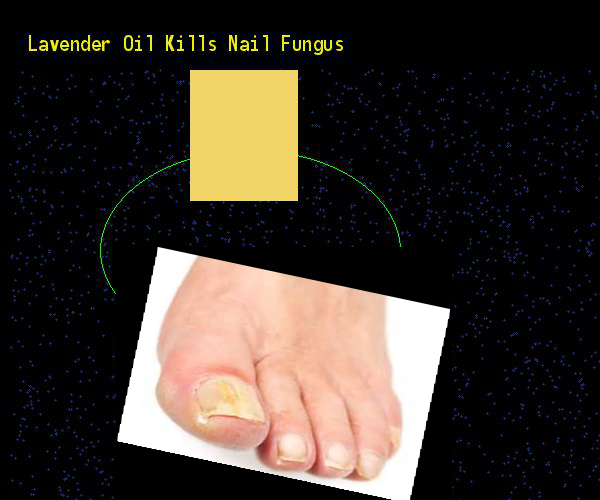
One laboratory study has shown that lavender prevents candida overgrowth.Lavender oil should not be applied to mucous membranes as it can cause burns.
Topical application of lavender oil in combination with other essential oils can help treat hair loss. According to the study, subjects who rubbed lavender, thyme, rosemary and cedar essential oils into their scalp achieved capillary regeneration within 7 months, thus reducing hair loss.
Lavender oil is renowned for both its antioxidant and anti-inflammatory properties, making it a good addition to your daily skincare routine. Antioxidants are known to fight free radicals that can cause mitochondrial dysfunction and accelerate the aging process. Adding one or two drops of lavender oil to your favorite lotion or face cream will give the product an extra antioxidant effect.
I could tell you a lot more on this topic, but I leave it for you to analyze and maybe try some of the tips mentioned above.
Have a wonderful day with the scent of lavender!



